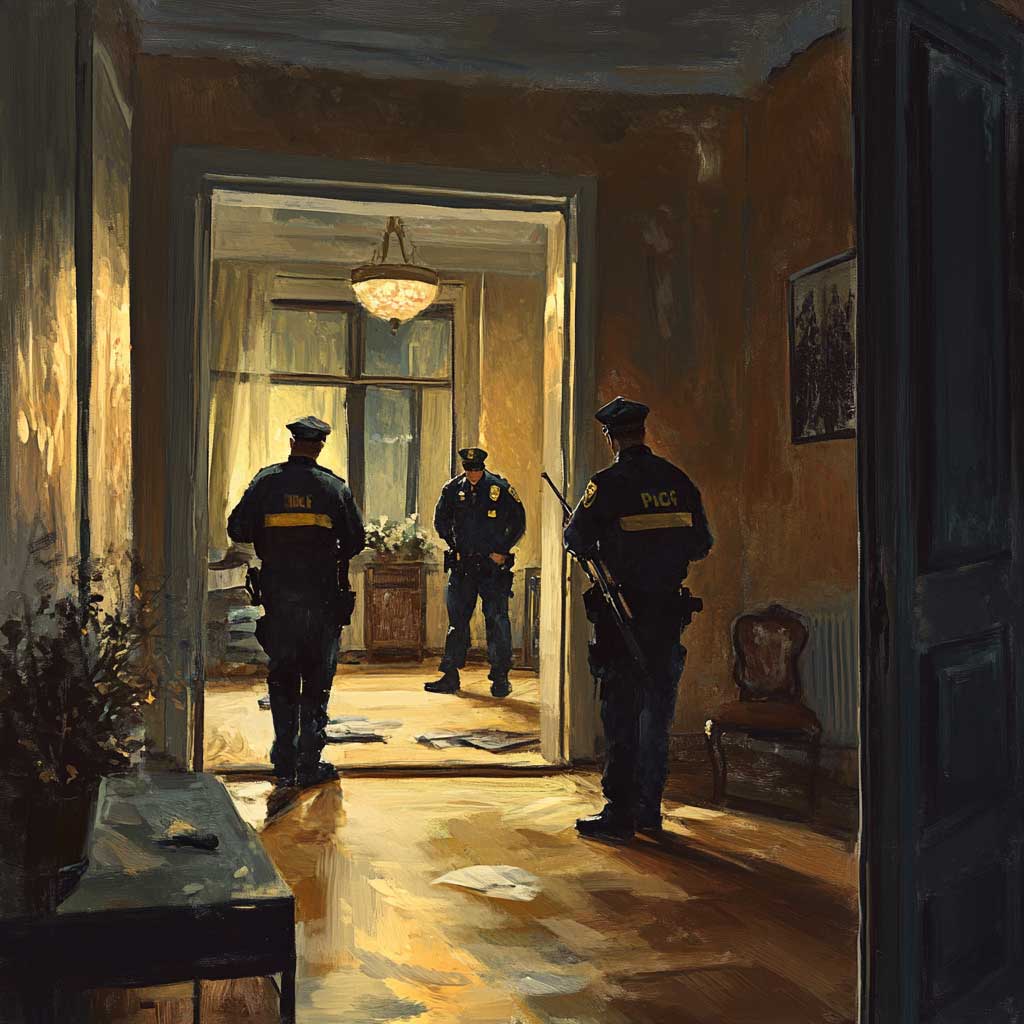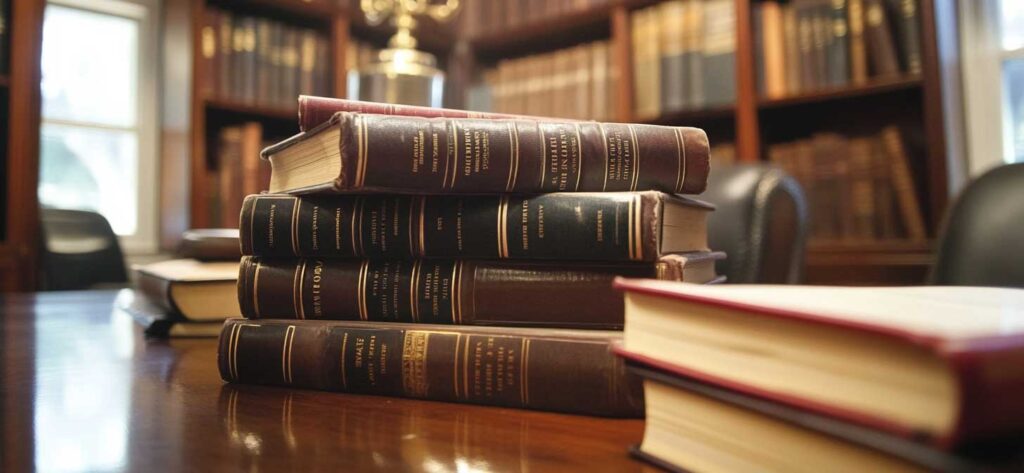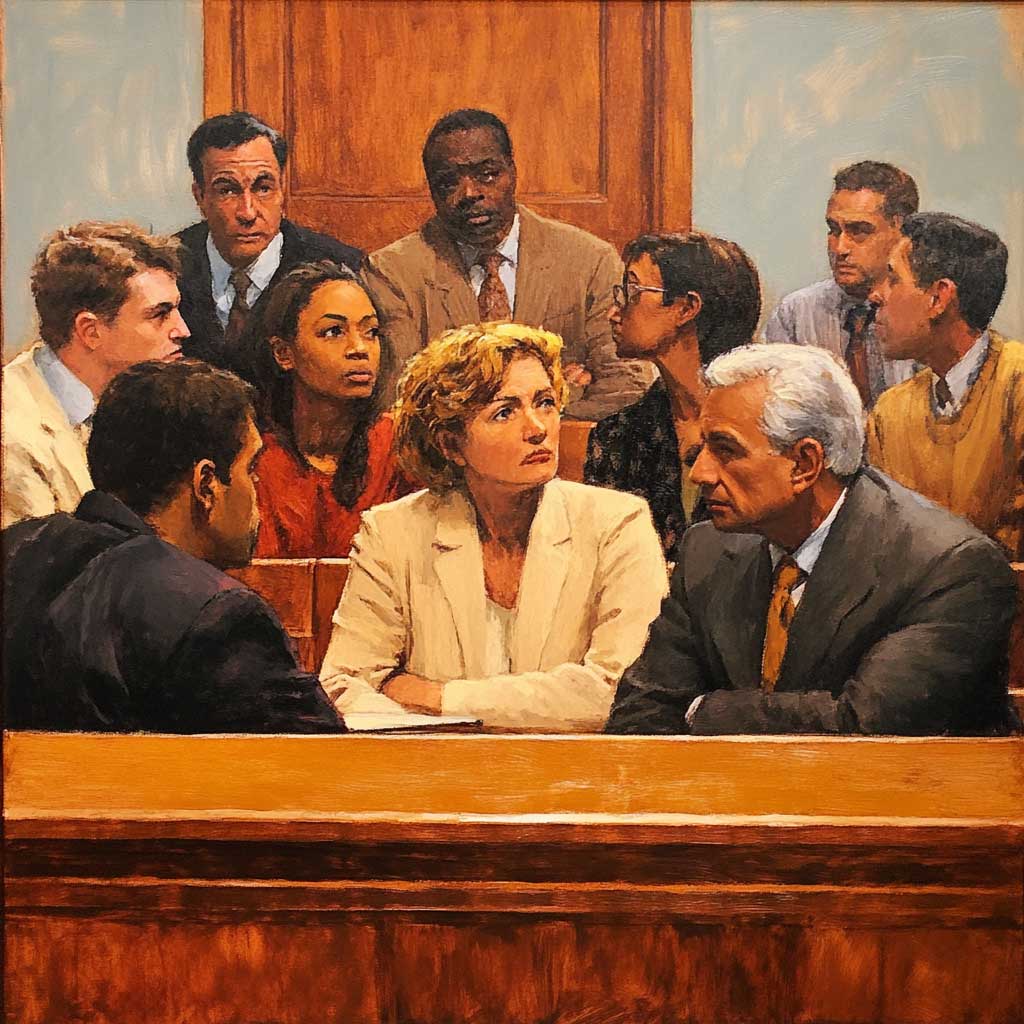From misdemeanors to felonies, we’ve secured dismissals, reduced charges, and not-guilty verdicts in St. Louis courts. Let our proven defense work for you.

Understanding Criminal Procedure
Understanding criminal procedure can be daunting, but it is important for anyone involved in a criminal case, whether as a defendant, victim, or legal professional. Let’s break down the essentials of criminal procedure, from arrest to sentencing.
What is Criminal Procedure?
Criminal Procedure Definition
Criminal Procedure are the rules governing how a person charged with a crime is tried and judged. It creates the criminal court process. It encompasses the rules and guidelines that dictate the investigation, arrest, trial, and sentencing of individuals charged with criminal offenses.
All courts, including in the federal courts have written rules of criminal procedure. Understanding the meaning of criminal procedure is vital for ensuring the process of criminal law functions properly and justice is served fairly and impartially.

Understanding the Steps of a Criminal Prosecution
A criminal prosecution involves several important steps in court. Most people only think of a trial when they think of criminal law. But there’s much more going on in a criminal case than the steps in the criminal trial process. Laying out these major events really helps in understanding the steps in criminal procedure.
Each phase before trial is important to the defendant and the criminal justice system. Here’s an overview of the typical steps in a criminal case:

1. Investigation and Arrest
The criminal process often begins with an investigation, where police collect evidence to determine if a crime has occurred and who committed a crime.
This investigation can be performed by state and local governments. These are police officers. The federal government can also perform the investigation, commonly the FBI. If the FBI is investigating, a defendant will be facing federal charges.
When the police finish gathering evidence, they write a report.The report is then submitted to the prosecuting attorney.
2. Filing Criminal Charges
The prosecutor reviews the evidence and determines whether there is enough basis to file formal charges against the accused. If the prosecuting attorney decides to proceed, they will file the charges with the court.
3. Preliminary Hearing and Grand Jury
In many places, after charges are filed, there is a preliminary hearing or a grand jury session. This step helps stop unfair prosecutions. A judge or grand jury checks if there is enough evidence to keep going with the case.
At the preliminary hearing, the prosecution shows its evidence, and the defense can question it. If the judge finds enough reason to believe a crime happened, the case continues. If not, the charges may be dropped.
A grand jury, on the other hand, is made up of regular citizens. They look at the evidence from the prosecution and decide if there should be an indictment.
4. Arraignment
After the preliminary hearing or grand jury proceeding a defendant is arraigned. This is where the charges are formally presented. During the arraignment, the accused enters a plea—guilty or not guilty.
5. Pretrial Proceedings
Pretrial proceedings involve several activities, such as filing motions, plea bargaining, and discovery. Discovery is the exchange of evidence between the defense and prosecution.
Plea bargaining happens when the defense and prosecution make a deal. The defendant agrees to plead guilty to a lesser punishment or lesser charge.

Understanding the Criminal Procedure in a Trial
Understanding the steps in a trial is essential to understanding criminal procedure. The trial can either be a jury trial or a bench trial. A bench trial is where the trial court hears the evidence and decides whether a defendant is guilty or not guilty.
However, it is usually preferable to have a jury decide. Here’s a brief look at the phases of criminal jury trial:
1. Jury Selection
In cases involving a jury, the trial begins with jury selection. Attorneys from both sides question potential jurors to ensure an unbiased jury is chosen.
2. Opening Statements and Presentation of Evidence
Both parties present their opening statements, outlining their arguments. The prosecution then presents its evidence and witnesses, followed by the defense. Each side has the opportunity to cross-examine witnesses.
3. Closing Arguments and Deliberation
After all evidence is presented, both sides give their closing arguments. This is one of the last stages of criminal trial. The jury then deliberates to reach a verdict. If the jury finds the defendant guilty, sentencing follows.

Understanding the Criminal Procedure in Sentencing and Appeals
If convicted, the defendant receives a sentence after a sentencing hearing, which may include fines, probation, or imprisonment. Unless the defendant has been convicted of a felony or several misdemeanors, the jury can decide the sentence.
The defendant has the right to appeal the verdict if they believe there was a legal error in the trial process. At this point, the prosecutor cannot appeal.The first step is filing an appeal in the Court of Appeals. Then, either party can appeal this decision to the Supreme Court. Usually, the Supreme Court has the final say, except in extraordinary circumstances like death penalty cases.
Understanding the steps in a criminal procedure is crucial for anyone involved in the criminal justice process. By comprehending these phases, individuals can better navigate the complexities of criminal law and ensure their rights are protected.
